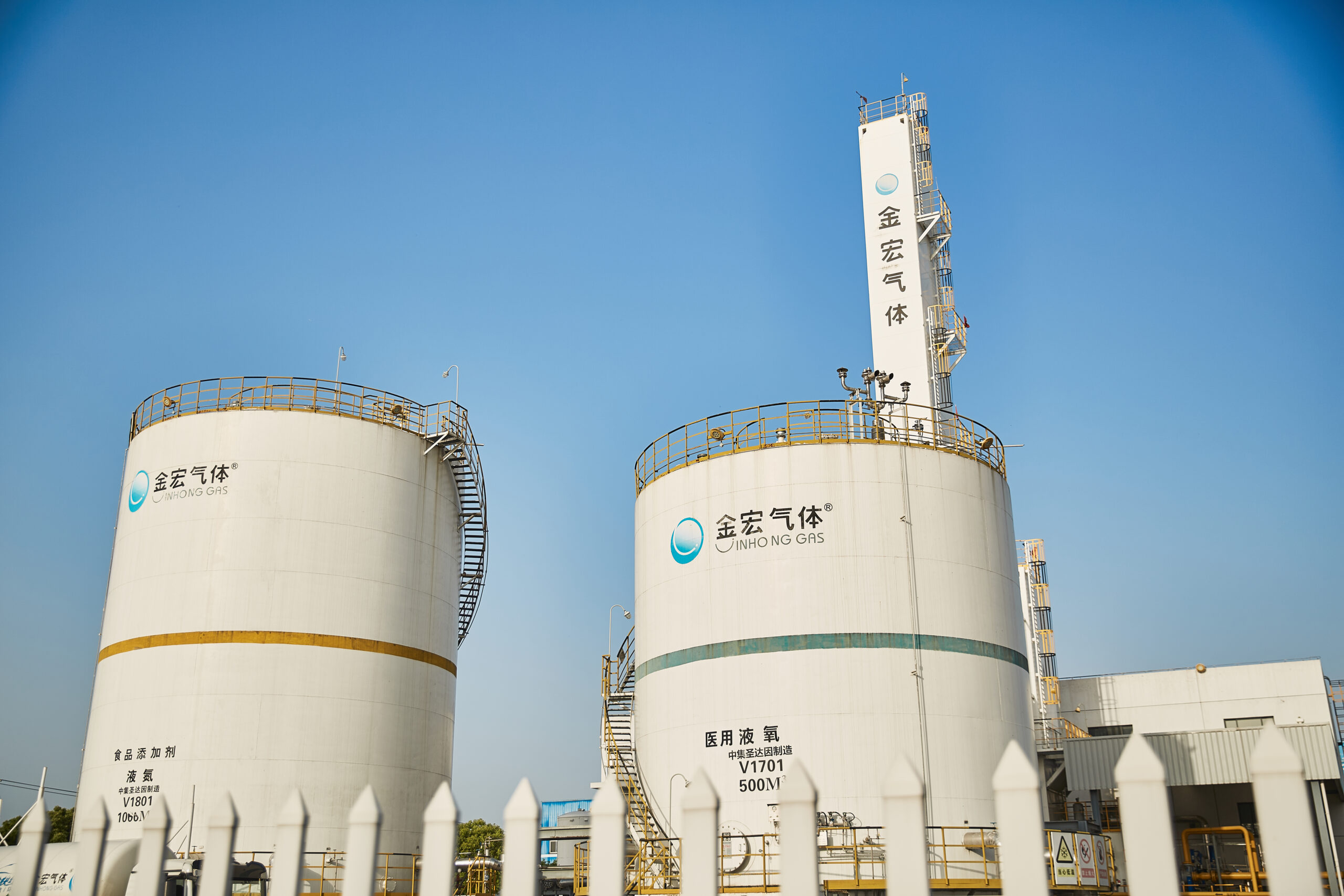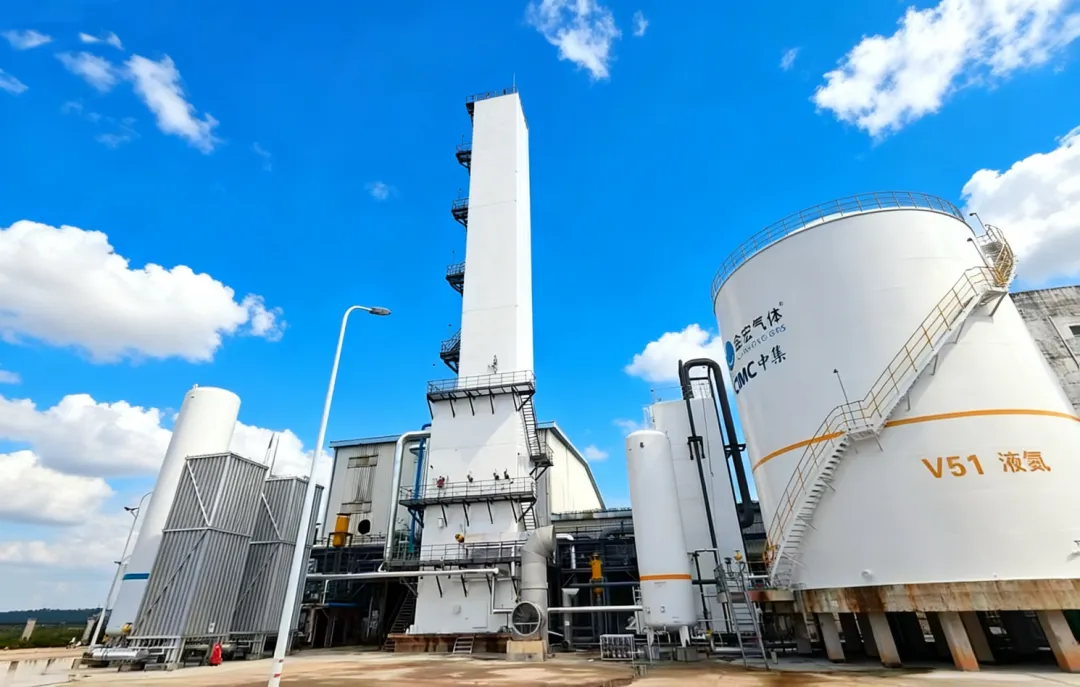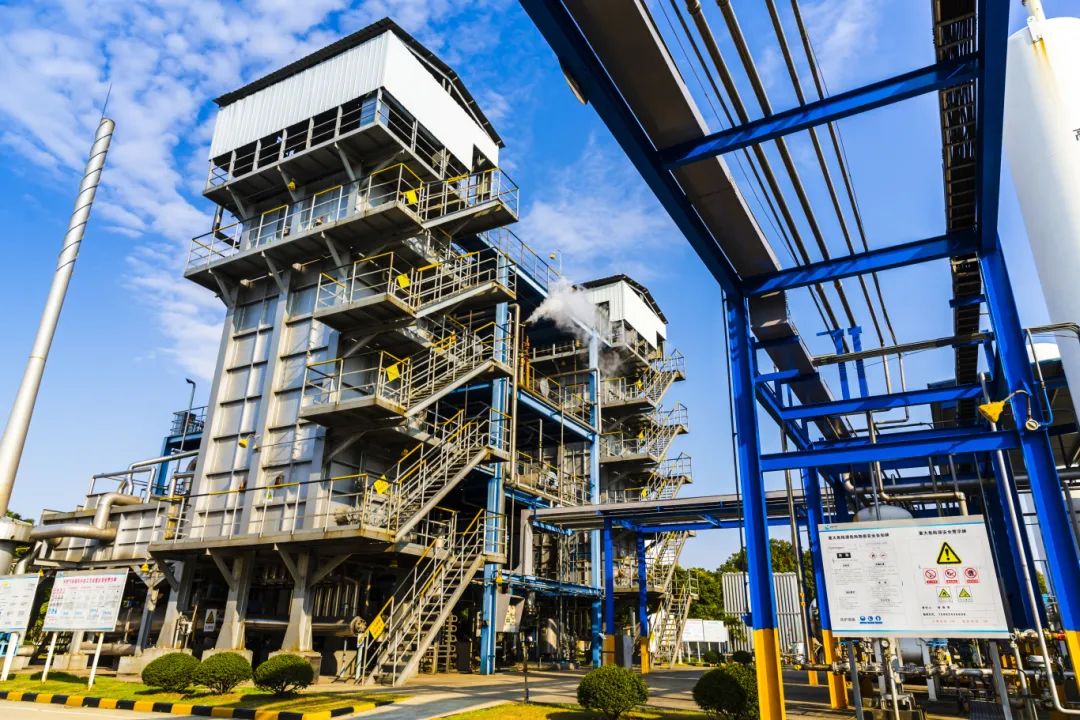What is tetraethyl silicate?
Tetraethyl Orthosilicate (TEOS for short) is an important organosilicon compound, widely used in industry, materials science and chemical synthesis, and belongs to silicate compounds. Chemical formula: Si(OC₂H₅)₄)

It is usually a colorless transparent liquid with a slight ether smell, a boiling point of about 168°C, insoluble in water, but soluble in most organic solvents (such as ethanol and acetone).
Tetraethyl silicate (TEOS) is a multifunctional silicon compound. Due to its excellent film-forming property, high temperature resistance and controllable hydrolysis, it plays an irreplaceable role in the fields of electronic packaging, nanomaterials, building waterproofing, special coatings, etc.
- Hydrolysis: It reacts with water to form silicon dioxide (SiO₂) and ethanol, and is an important precursor for the preparation of silicon dioxide sol and gel.
- High temperature resistance: It is stable at high temperatures and generates a dense silicon oxide layer after decomposition.
- Adhesion: It can be used as an adhesive or coating material to enhance the adhesion and weather resistance of the material.
It should be noted that tetraethyl silicate should be stored in a dry environment, avoid contact with water, seal and avoid light, keep away from strong acids and strong oxidants, and store in a cool and ventilated place. It is low-toxic, but volatiles may irritate the respiratory tract and skin. When operating, it must be carried out in a ventilated place and protective equipment must be worn. The hydrolysis products are SiO₂ (non-toxic) and ethanol, which meet environmental protection standards. In addition to “tetraethyl silicate”, it is also often called tetraethoxysilane, tetraethyl orthosilicate, and tetraethyl ester.
Difference from other silicates
| Difference from other silicatesCharacteristics | Tetraethyl silicate (TEOS) | Tetramethyl silicate (TMOS) |
| Chemical formula | Si(OC₂H₅)₄ | Si(OCH₃)₄ |
| Hydrolysis rate | Slower | Faster |
| Toxicity | Lower | Higher (methanol release) |
| Applications | Electronics, construction, coatings | Laboratory, rapid gelation |
https://en.wikipedia.org/wiki/Tetraethyl_orthosilicate
What can tetraethyl orthosilicate be used for?
- Applications in Materials Science & Nanotechnology
Tetraethyl silicate plays a central role in the fields of materials science and nanotechnology due to its unique sol-gel reaction characteristics and controllable hydrolysis and polycondensation. A variety of inorganic-organic hybrid materials and nanostructured materials can be prepared through hydrolysis and polycondensation reactions.
It can be used in silica aerogels (ultra-light, high porosity, used for thermal insulation and adsorption), mesoporous molecular sieves (catalysis, adsorption, drug carriers), and nanocomposite coatings (enhanced mechanical strength and corrosion resistance).
TEOS hydrolysis can be precisely controlled to generate nano-scale SiO₂ particles, which are widely used to enhance material performance.
Stöber method (monodispersed SiO₂ microspheres): used for: photonic crystals, drug sustained-release carriers, coating permeability enhancers
Flame spray method (industrial-grade nano-SiO₂): used for: rubber reinforcement (tire), plastic toughening
TEOS can be used to prepare high-performance coatings by dip-coating or spin-coating:
Optical thin films
Anti-reflective coatings (AR coating): TEOS-based SiO₂ thin films reduce the reflectivity of glass/photovoltaic panels
Anti-corrosion coatings: Form a dense SiO₂ barrier on the metal surface to block corrosive media
Protective coatings
High-temperature resistant coatings: TEOS-derived SiO₂ layers protect metals/ceramics (such as aircraft engine parts)
Anti-corrosion coatings: Form a dense SiO₂ barrier on the metal surface to block corrosive media
The biocompatibility of TEOS in biomedical materials makes it uniquely applicable in the medical field.
Drug sustained-release carrier: mesoporous SiO₂ nanoparticles loaded with drugs (such as anticancer drugs)
Bone repair materials: TEOS-derived bioactive glass (such as 45S5) promotes bone regeneration
Biosensors: SiO₂ gel immobilizes enzymes/antibodies to improve detection sensitivity
Possible research directions
| Fields | Technological breakthroughs | Potential applications |
| Flexible electronics | TEOS-based elastic SiO₂ gel | Stretchable sensors, flexible displays |
| Energy storage | SiO₂ coated lithium battery anode (such as silicon-carbon anode) | Improving battery cycle life |
| Environmental governance | TEOS-derived porous SiO₂ adsorbs heavy metals | Wastewater treatment, air purification |
| Smart responsive materials | pH/temperature sensitive SiO₂ gel | Controllable drug release, smart coatings |
- Application in the electronics industry
Tetraethyl silicate (TEOS, Si(OC₂H₅)₄) is widely used in the electronics industry due to its high purity, controllable hydrolysis and excellent film-forming properties.
In semiconductor manufacturing, TEOS is the core precursor for preparing silicon dioxide (SiO₂) insulating layers in the chemical vapor deposition (CVD) process. It has the characteristics of low-temperature deposition (300–500°C), compatibility with temperature-sensitive semiconductor devices, and the generated SiO₂ film is dense and uniform, with a stable dielectric constant (k≈3.9), which is suitable for micron/nanoscale integrated circuits.
Can be used for:
Wafer-level passivation layer: protect the chip surface from contamination and mechanical damage.
Interlayer dielectric (ILD): used for insulation isolation of multi-layer metal interconnect structures (such as logic chips, memory).
Shallow trench isolation (STI): forms electrical isolation between transistors to prevent leakage.
In lithography, TEOS-derived SiO₂ films can be used for lithography process optimization.
As a bottom anti-reflective coating (BARC): reduce light reflection from the photoresist layer and improve pattern resolution (especially for deep ultraviolet (DUV) and extreme ultraviolet (EUV) lithography).
As a dielectric planarization: fill the wafer surface bumps through CVD deposition of TEOS-SiO₂ to ensure the uniformity of subsequent photoresist coating.
In optics and display technology.
1) Fiber coating
SiO₂ generated by TEOS hydrolysis is used for secondary coating of optical fiber to enhance mechanical strength and reduce signal loss.
High temperature resistant coating: protects the stability of optical fiber in harsh environments (such as oil wells and aerospace).
2) Display panel
Transparent insulating layer: used as the gate insulating layer of TFT (thin film transistor) in OLED/LCD.
Anti-glare coating: reduces screen reflectivity through nanoporous SiO₂ film.
Advantages of Tetraethyl Silicate Technology
| Characteristics | Value to the electronics industry |
| High purity (≥99.999%) | Meet semiconductor-grade material requirements and reduce impurity defects |
| Low-temperature film formation | Compatible with heat-sensitive materials (such as low-k dielectrics, compound semiconductors) |
| Uniform density | Nano-level thickness control (<100 nm), no pinholes |
| Chemical stability | Acid and alkali resistant, high temperature, compatible with photoresist/metal processes |
- Construction & Waterproofing Materials Application
Tetraethyl silicate (TEOS, tetraethyl silicate) plays an irreplaceable role in building waterproofing, concrete protection, stone repair and other fields due to its excellent permeability, reactivity and durability.
As a penetrating crystalline waterproofing agent. Deep waterproofing, the penetration depth reaches 5-10 mm, forming a permanent waterproof layer (non-surface film formation). High self-repairing ability, it can continue to react when it encounters water and repair microcracks. High air permeability, allowing water vapor to pass through, avoiding peeling caused by internal pressure. It can be used in anti-seepage projects such as basements, tunnels, pools, and marine engineering concrete (anti-chloride ion corrosion)
It can also be used for stone protection and repair, waterproofing and antifouling, historical building repair, brick wall waterproofing, TEOS solution spraying or brushing to form a breathable waterproof layer to solve the problems of brick wall alkali efflorescence and freeze-thaw damage. Gypsum board moisture-proofing uses the sol-gel method to generate a nano-SiO2 film on the gypsum surface to reduce water absorption (<5%).
Comparison of technical advantages
| Features | TEOS-based materials | Traditional waterproof materials (such as asphalt, polyurethane) |
| Permeability | Deep penetration (millimeter level) | Only surface film formation (micrometer level) |
| Durability | More than 20 years (weather resistance, chemical corrosion resistance) | 5-10 years (easy to age and crack) |
| Environmental protection | No VOC, hydrolysis products are non-toxic | Contains solvents, construction pollution is large |
| Convenience of construction | Can be sprayed/rolled without heating | Requires hot melt or complex curing conditions |
- Coating & Adhesive Applications
Tetraethyl silicate (TEOS) exhibits excellent performance in the field of coatings and adhesives due to its unique chemical properties (hydrolysis and polycondensation reaction, high reactivity, and excellent film-forming properties).
As a high-temperature resistant coating, it is divided into inorganic high-temperature resistant coatings and organic-inorganic hybrid coatings (Hybrid Coating).
TEOS hydrolyzes to form a SiO₂ network that can withstand high temperatures of 800–1200°C and is suitable for: aircraft engine parts, industrial furnace inner walls, and automobile exhaust pipe anticorrosion.
As an anticorrosion and anticorrosion coating, TEOS hydrolysis products (SiO₂) form a dense passivation layer on the metal surface to block water/oxygen penetration.
As a functional coating, it is divided into self-cleaning coatings, antibacterial coatings, and transparent conductive coatings. It can be used in medical equipment, food packaging, touch screens, etc.
For the application of adhesives
Inorganic adhesives can use TEOS-based silicate glue: high temperature resistant (>1000°C), used for ceramic/metal bonding (such as refractory brick masonry).
Organic-inorganic hybrid adhesives can use TEOS + polyurethane/epoxy resin: used in automotive structural adhesives and wind turbine blade bonding.
Nano-enhanced adhesives can use TEOS-derived SiO₂ nanoparticles: fill the pores of the adhesive layer and increase the shear strength by 30–50% (such as aerospace composite bonding).
Comparison of technical advantages
| Characteristics | TEOS-based coating/adhesive | Traditional materials |
| Heat resistance | Up to 1500°C (inorganic system) | Epoxy resin (≤200°C) |
| Adhesion | Strong bonding with glass/metal/ceramic | Organic glue is easy to age and fall off |
| Environmental protection | Solvent-free (water-based or ethanol-diluted) | Contains formaldehyde/VOC (such as polyurethane) |
| Functional scalability | Easy to composite nanomaterials (TiO₂/Ag, etc.) | Difficult to modify |
The core irreplaceability of TEOS
Performance defects of alternative materials
Organic silicone resin: The temperature limit is <400°C, and it cannot be used for aircraft engine coatings;
Silica sol: It is impossible to achieve the self-healing function of TEOS (continue to react when exposed to water).
Two-dimensional material encapsulation
TEOS-derived atomic layer deposition (ALD) SiO₂ is the only interface passivation solution for molybdenum disulfide (MoS₂) transistors (still defect-free when the thickness is <2nm).
Quantum dot devices: SiO₂ coating of CdSe quantum dots must use TEOS precursors because its hydrolysis pH range (4-6) is completely matched with the quantum dot stability window.
Chemical uniqueness: Ethoxy balances reactivity and safety
Process irreversibility: Semiconductor, aerogel and other industries have established a complete set of equipment systems around TEOS
Standard mandatory: Electronic grade purity indicators have become a hard threshold for industry access.
Demand comparison
| Demand scenario | Recommended material | Reason |
| Chip insulation layer deposition | TEOS | The only one that meets semiconductor purity requirements |
| Deep concrete waterproofing | TEOS | Permeability + self-healing ability |
| Plastic-metal bonding | Silane coupling agent (KH-550) | Organic functional groups improve interface bonding |
| Fast hydrophobic coating | MTES | Methyl provides hydrophobicity and fast curing |
The core value of TEOS lies in its high-purity inorganic film-forming ability, while other materials focus on functionalization or low cost. In practical applications, they are often used in combination (such as TEOS+KH-550 synergistically reinforced composite materials).
How to get tetraethyl silicate
- Chinese market demand
The main application areas are building waterproofing (concrete sealants, stone protection), coatings and adhesives (high temperature resistant coatings, anti-corrosion coatings), and the electronics industry (semiconductor packaging, photovoltaic materials). The demand is mainly industrial grade (98%~99.5%), and electronic grade (≥99.999%) relies on imports. The construction industry accounts for more than 60% of the usage, but the profit is relatively low.
- Foreign market demand
The main application areas are semiconductor manufacturing (CVD deposition, photolithography), nanomaterials (aerogels, mesoporous SiO₂), and high-end coatings (aerospace, automotive high temperature resistant coatings). Electronic grade TEOS dominates the market (demand in Europe, the United States, Japan and South Korea accounts for 70%). Strict requirements for high purity (6N) and low metal impurities (<0.1ppb).
Product standard differences
| Standard type | China | International (Europe, America, Japan and South Korea) |
| Industrial grade | GB/T 23985-2020 | (≥98%) |
| Electronic grade | No unified national standard yet | SEMI C12 (≥99.999%) |
| Impurity control | Na/K <10ppm | Na/K <0.1ppb |
| Packaging requirements | Ordinary PE barrel/glass bottle | Stainless steel bottle + nitrogen protection |
Price difference
| Product grade | Chinese market price (RMB/kg) | International market price (USD/kg) |
| Industrial grade (98%) | 50–80 | 15–20 (about RMB 100–140) |
| Electronic grade (5N) | 2000–3000 (imported) | 200–300 (about RMB 1400–2100) |
Reasons for price difference:
Domestic electronic-grade production capacity is insufficient, and imported products have a 30% to 50% premium.
International manufacturers maintain high prices through technology monopoly and brand premium.
- About the supply chain
—Domestic supply chain
Advantages: Adequate raw materials (ethanol, silicon powder) and low production costs. High logistics efficiency (clustered supply in the Yangtze River Delta/Pearl River Delta).
Disadvantages: High-end products rely on imported key equipment (such as ultra-pure distillation towers).
—International supply chain
Advantages: Giants such as Dow and Shin-Etsu have achieved global layout (bases in the United States, Germany, and Singapore). Through sea transportation + regional warehouses, JIT (just-in-time) delivery is guaranteed for semiconductor customers.
Disadvantages: Geopolitics affects supply chain security (such as the ban on high-purity TEOS to China).
Contact us for a quote on Tetraethyl Silicate
As a professional company selling industrial gases, we provide you with more comfortable services and stable supply. Whether you need industrial or electronic grade products, we can provide them for you. Industrial grade (98%~99.5%) tetraethyl silicate is affordable, has strong permeability, and is convenient for construction. We can also provide you with ultra-high purity electronic grade (≥99.999%) tetraethyl silicate, which has low metal impurities, high quality, and SEMI certification.
If you have any needs, please send us an email directly for a quote and details.
FAQ
- How to store TEOS?
You need to do this: Seal TEOS and avoid contact with air (hydrolysis failure). It needs to be protected from light and stored in brown glass bottles or stainless steel containers. The recommended temperature is 10~30°C (low temperature may cause crystallization). It needs to be kept away from fire and flammable liquids (flash point is about 46°C).
- Safety precautions for TEOS
TEOS inhalation can cause dizziness and needs to be handled in a ventilated place. Skin contact needs to be rinsed with soapy water to avoid long-term contact. Eye contact needs to be immediately rinsed with clean water for 15 minutes and seek medical attention. When leaking, be sure to absorb it with sand to avoid it flowing into the sewer.
- How environmentally friendly is TEOS?
Hydrolysis product, SiO₂ (non-toxic) + ethanol (biodegradable). No heavy metals, compliant with RoHS and REACH regulations. Low VOC content, but large amounts of volatilization need to be avoided.
- Can TEOS be mixed with other silanes?
It is possible to mix TEOS with other silanes. Common combination TEOS + MTES: Improve coating flexibility. TEOS + KH-550: Enhances inorganic-organic interface bonding (for composite materials).
- What is the shelf life of TEOS?
When unopened, store in a sealed container in a cool place. The shelf life is usually 1-2 years. After opening, use as soon as possible to avoid long-term exposure to air (hydrolysis failure).



